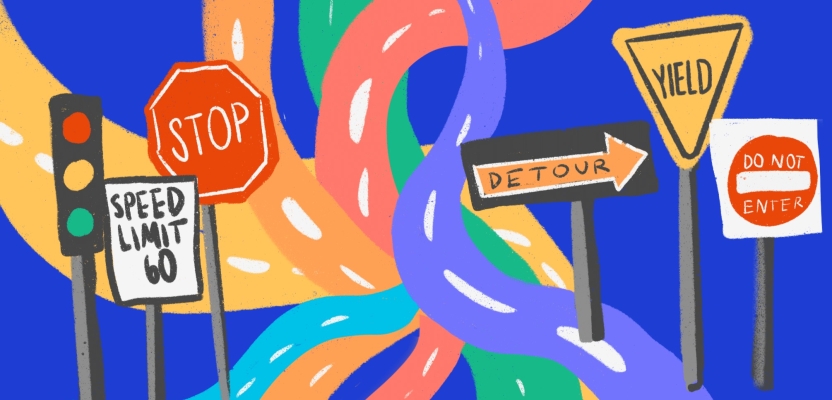Research suggests that creatives only spend around 29% of their day on creative work, and are often preoccupied by administrative processes such as project management, managing review loops, and keeping on top of admin.
Office clutter, and non-creative work, can very easily add up to such a significant amount of time that making room for developing creative ideas, collaborating and refining the execution of a project, gets pushed to the side.
This is why companies should do their utmost to provide their creatives with the tools and tricks necessary to reduce the amount of time they spend working on routine tasks. Because when they do, they’ll be able to better manage their daily workload, ensuring that creativity stays at the heart of what they do.
To achieve this, companies need to focus on simplicity and communication when it comes to tools. Any technology should be easily embedded into the day-to-day work culture, giving employees the support and tools, they need, while also ensuring they have the flexibility to work in an optimised and individual way.
Like swimming with clothes on

Organisation is a necessity for any job, even when creativity is at the centre. Too much "work about work", i.e., work that you have to do around the actual work, such as sorting and organising documents, issuing invoices and chasing payments or submitting your taxes, but also searching for a certain folder or file, etc., can make your daily work routine more like trying to swim with your clothes on.
While this is basically doable, often inefficient processes unnecessarily limit the actual meaning of the activity. And the risk of sinking is significantly higher. For creatives, this can look like a workday cluttered with numerous apps and clunky technologies that slow down the mental process of moving from one task to the next, effectively doing the opposite of creatively going with the flow.
Saved by tech

Planning and organisation are key elements of project delivery. Optimising how you work is vital to maximising time on your creative work. To maintain or regain focus, technologies such as task management tools can come into play. Such tools assign tasks, update due dates, and let you keep track of to-dos and the associated completion steps of other team members at all times.
This small change could be the catalyst for creative, yet efficient work. We all know the domino effect that the smallest change, like moving files, can have on team collaboration. It can quickly turn from a quick find to nerve-wracking searching for the information or we need.
Likewise, we all know how painful the long dives into unorganised digital folders can be - as we endlessly search for the content. Choosing technology with automated features can help reduce these tedious tasks - whether it's eliminating the need to email different employees about changes or using multiple platforms to share images and videos.
Technology can be a life preserver for powerless swims in the office routine, reopening opportunities for employees to have more time for higher levels of creativity, productivity, and control over their own day, which can often result in a much higher level of job satisfaction.
An infinity of creative possibilities

Even though most creatives have an overview of their goals before starting a project, they often get tangled up in the small print, drowning in the deep end of complicated admin processes. Yet it is crucial to have an up-to-date overview of the current status of a project at all times - both for external client and stakeholder communication, and for internal coordination when it comes to the work steps with one's own teams.
This becomes even more heightened when employees might be scattered across the globe and calls for communication methods that enable a proactive approach. For example, being able to ask for the opinions of colleagues and creative partners to more quickly answer their questions and take their input on board.
This applies to everything from important deadlines to ironing out details in the creative process. Intelligent platforms enable creatives to share work content, communicate quickly and collaborate on projects, either synchronously or asynchronously. Good tools also provide visual elements to communicate complex ideas and numerical data, for example.
User-friendly, easy-to-use, open-interface technologies don't leave creative teams drowning in a multitude of unmanageable daily tasks, but instead gives them maximum time to do what they do best. Realigning IT infrastructures will enable employees to feel inspired to float in panorama pools toward infinite possibilities.
By Andy Wilson, Director of New Product Solutions at Dropbox






